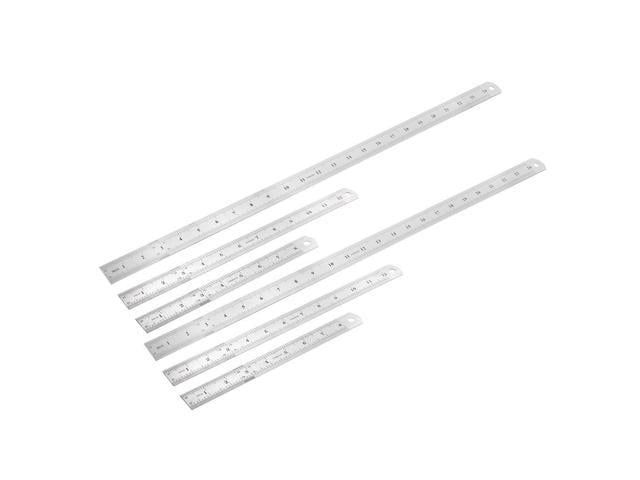THE SVETA’‘S ART PHENOMENONSveta’’s art is a state of consciousness as much as it is paper, pencils, and paint. How one can define this phenomenon?I considered myself fit to write about her art as I studied artall my life. First, as an artist, through countless art studios and five years of an art college, then as an art historian, as a philosopher of art, and then as a Jungian psychologist and philosopher.And now, looking at her addictive, colorful pages, I am at total loss.I am in awe. It is deeper than day can comprehend, to borrow Nietzsche’’s expression, and layered with meaning one usually does not expect to find in art.First of all, Sveta’’s art is aesthetically beautiful. The composition, the flow and interaction of forms, the visual balance of the color are true. Her sense of when enough is enough is superb. She walks the line between painting too sketchy and over-perfecting the detail with taste and grace. Her mastery of form, the ability to make it speak just what was intended is dynamic and refined. Is Sveta also a colorist? Definitely; the colors come on the paper, like the forms do: freely, unpredictably, in their endless expressive variety. But, Sveta possesses tasteful and well-measured-out rigor, using the colors just so. There is also a certain aesthetically pleasing economy in her work with shapes and colors. Paul Klee said that making art is simple: it’’s just putting the right color in the right place. This is exactly what Sveta does.Her myth got God. It is not the God of a specific religion, of theological arguments, and not an abstract, fully transcendent Creator. It is not all-good, honey-sweet God, not the God of a specific gender, or with a specific name or agenda; not a judgmental, endlessly superior, all-knowing one. It is very homey, even shy, and kind God, who does not know Him/Herself very well, but does understand flawed human condition. And at the same time, this God is peaofully other,as Mircea Eliade has it, and fully numinous















